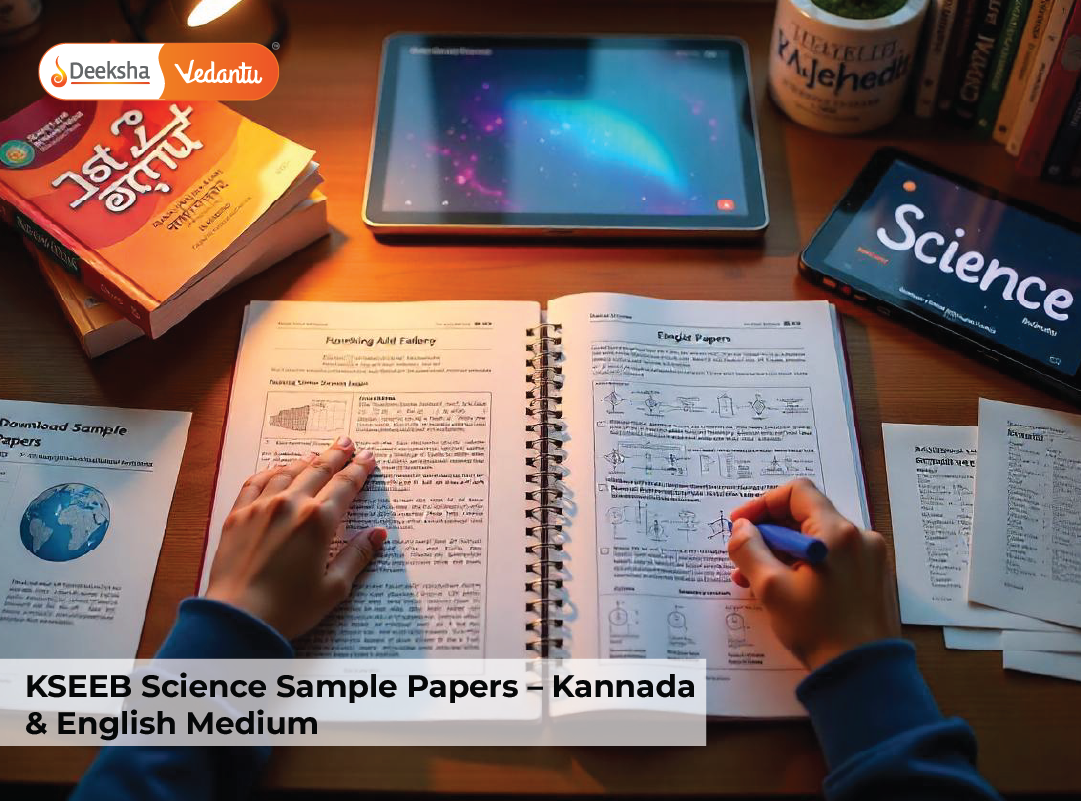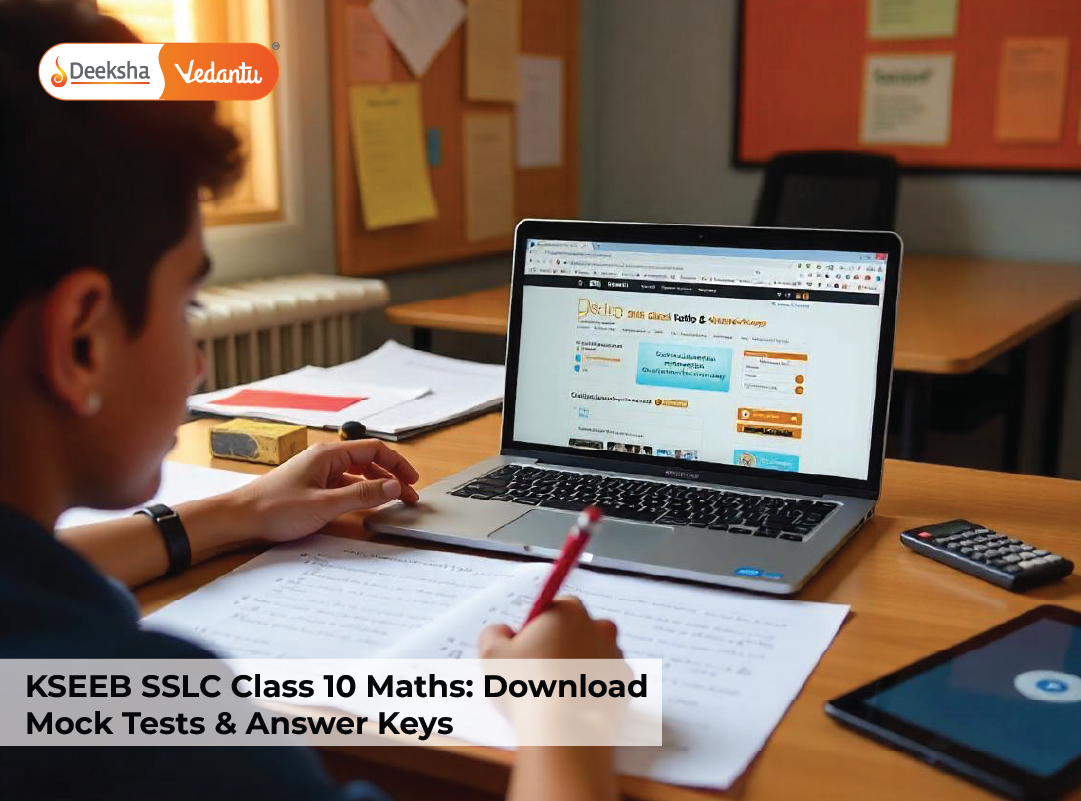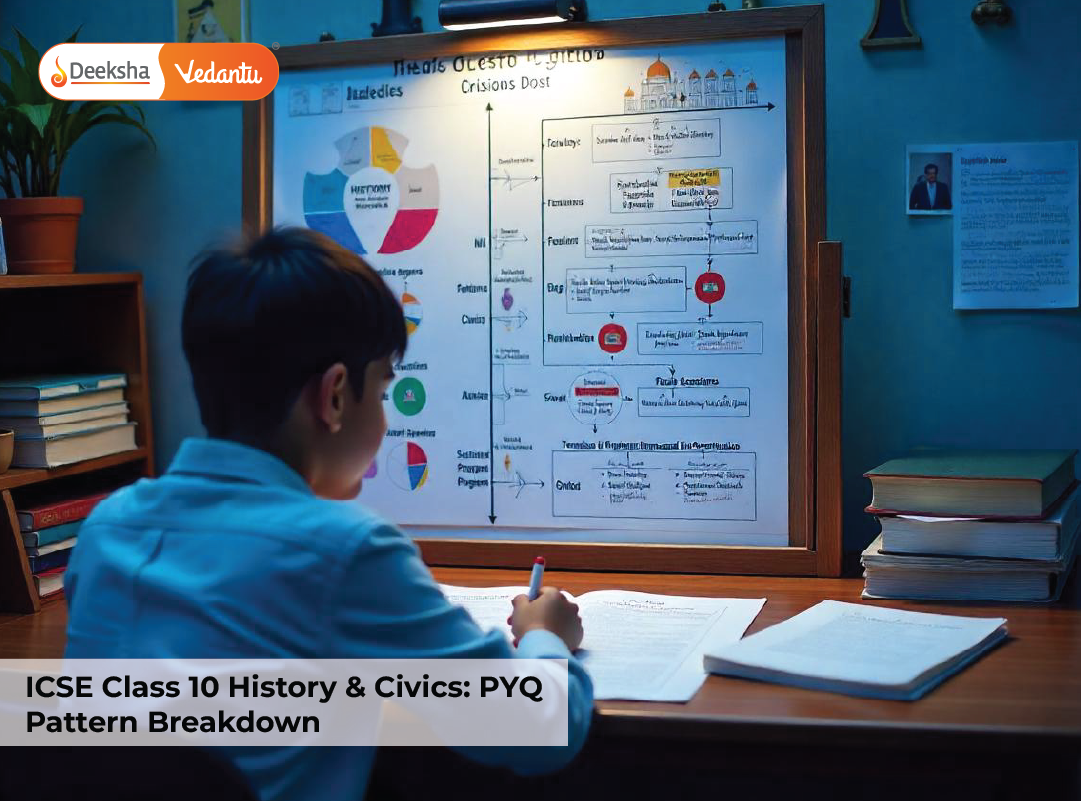For PU students aspiring to enter medical college, managing NEET preparation alongside board exams can feel like walking a tightrope. While both exams share the same syllabus, the formats, expectations, and preparation strategies differ significantly. Students often face stress, confusion, and even burnout when trying to juggle both.
At Deeksha Vedantu, we’ve supported thousands of students through this phase with integrated programs, structured plans, and expert mentoring. In this blog, we break down how to prepare for NEET and boards together effectively—without sacrificing well-being or performance.
Why NEET and Board Preparation Need Different Approaches
NEET Tests Application and Speed
NEET is a competitive, time-bound entrance test. It emphasizes:
- Multiple-choice questions with negative marking
- Application-based problems, especially in Physics and Chemistry
- High-speed solving skills and strategic guessing
NEET preparation requires practicing MCQs, managing time, and developing exam stamina.
Boards Focus on Theory and Presentation
Board exams are descriptive. They assess:
- Long-form answers with proper structure and explanation
- Definitions, diagrams, and derivations
- Presentation and clarity in written responses
Board prep focuses on understanding concepts in-depth and learning how to express them clearly on paper.
Overlap in Syllabus, Not in Strategy
Although the Class 11 and 12 syllabus is common across both, the approach required is different. For example:
- Biology in NEET needs fact recall and quick elimination
- Biology in boards needs accurate diagrams, explanations, and terminology
This makes it essential to plan distinct yet connected preparation schedules.
Time Management Strategies for Dual Preparation
Use a Dual Timetable: Split Between Boards and NEET
Divide your daily or weekly schedule into:
- Board-focused time slots for theory, writing practice, and past papers
- NEET-focused slots for MCQs, speed practice, and mock tests
This avoids confusion and ensures neither gets neglected.
Set Weekly Goals for Both Syllabi
Each week, plan goals such as:
- Complete one full chapter for boards
- Solve 200+ NEET MCQs for the same topic
- Revise short notes and highlight common areas
Syncing topics across both helps reduce duplication and improves retention.
Reserve Time for Mock Tests and Answer Writing
Every week, ensure:
- One NEET-style mock test with OMR sheet
- One board-style answer writing session with strict time limit
This helps you develop both speed and expression, essential for success in both formats.
Smart Study Techniques to Avoid Burnout
Practice Active Recall and Spaced Revision
Don’t rely on passive reading. Use:
- Flashcards to quiz yourself on concepts
- Revision cycles spread across weeks instead of cramming before exams
- Self-made summary sheets and flowcharts
These techniques improve memory and reduce overload.
Alternate Between Objective and Descriptive Study
Switch between:
- Solving NEET MCQs (fast-paced, brain-stimulating)
- Writing board-style answers (slow, thoughtful writing)
This variation reduces monotony and keeps you engaged through longer study hours.
Avoid Long Study Marathons – Take Scheduled Breaks
Breaks are essential. Follow techniques like:
- Pomodoro (25 minutes study, 5 minutes break)
- Short walks or eye relaxation after every 90 minutes
- One full break day every 10–14 days
Burnout happens when the brain is overworked without rest—avoid it with balance.
How Deeksha Vedantu’s Integrated Programs Make Balancing Easier
Combined Curriculum Aligned with PU + NEET
Deeksha Vedantu’s integrated programs cover:
- PUC syllabus aligned with the NEET curriculum
- Daily classes that prepare for both board and entrance formats
- Subject sequencing to avoid syllabus overlap and fatigue
This structure saves time and reduces the need for multiple coaching sources.
Built-In Mock Tests, Assignments, and Practice
Students get:
- Weekly NEET mock tests
- Monthly board-level writing practice
- Immediate feedback and improvement plans
Everything is tracked and adjusted as per individual student progress.
Academic and Emotional Mentorship Support
Students at Deeksha Vedantu receive:
- Academic mentoring to track study schedules and resolve doubts
- Emotional mentoring to manage stress, peer pressure, and low motivation
- Motivational workshops and test-prep seminars
This ecosystem ensures students are supported holistically—not just academically.
FAQs
1. Can I use the same notes for NEET and boards?
Only to an extent. While the syllabus overlaps, you should maintain separate notes—detailed ones for boards and quick-recall sheets or MCQ pointers for NEET.
2. How many hours should I study daily to manage both?
6–8 focused hours are enough if you follow a smart routine that includes both theory and objective practice. Avoid quantity-based pressure—focus on quality.
3. Should I prioritise NEET or boards?
You should give balanced attention to both. However, if your goal is an MBBS seat, slightly more time should be devoted to NEET while still securing high board marks.
4. Is it advisable to take separate coaching for NEET?
It’s better to join an integrated program like Deeksha Vedantu’s, where both board and NEET prep are covered under one system to avoid scheduling conflicts and content repetition.
5. What should I do if I feel burnt out?
Take a short break, reset your routine, and talk to a mentor. Burnout is common but manageable if addressed early with changes in pace, sleep, or activity patterns.
Conclusion
Balancing NEET and board preparation is challenging but entirely manageable with the right strategy. By creating a clear study plan, alternating between question formats, and taking care of your mental well-being, you can excel in both.
At Deeksha Vedantu, our integrated coaching model is designed to reduce student stress while maximizing academic output. With synchronized teaching, mentorship, and regular assessments, we help you stay on track for both goals—acing the boards and cracking NEET.
You don’t have to choose between NEET and boards. With smart preparation, you can succeed at both—and we’re here to help you every step of the way.
Table of Contents














Get Social